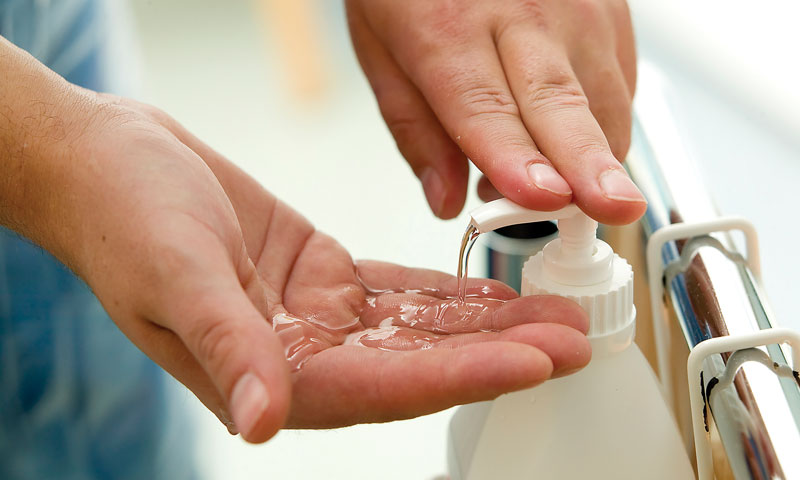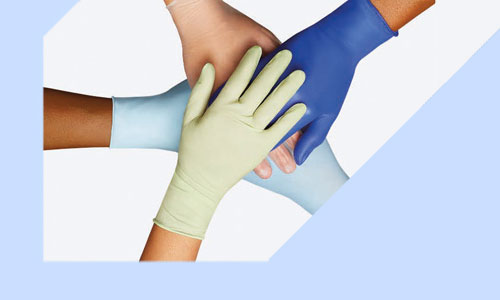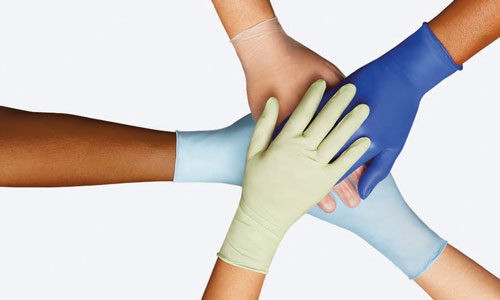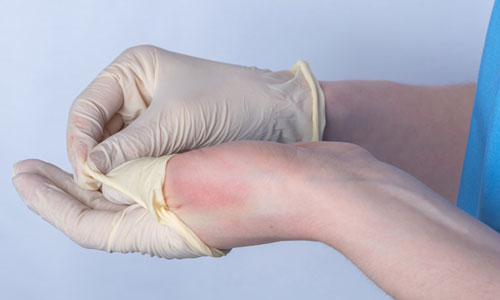Contact Dermatitis in Healthcare Organisations
One of the most prevalent health issues, in terms of work-related illnesses, is occupational contact dermatitis (Qin and Lampel, 2015).¹
According to a 2020 survey by the Royal College of Nursing (RCN) in the UK2, 93% of respondents have reportedly had at least one skin issue that affected the hand/wrist area in the last 12 months. While these cases of contact dermatitis are unconfirmed, the findings show how widespread skin issues may be in healthcare.
Forms of contact dermatitis
There are two forms that contact dermatitis can take. The first is irritant contact dermatitis, which tends to present in the webbing of the fingers and on the back of hands. The condition’s onset is gradual and is often associated with frequent exposure to low-grade irritants in some soaps. Poor hand health practices can also play a role.
However, if you experience skin issues, despite following the correct hand hygiene protocol, you could be experiencing an allergic reaction. The second form is allergic contact dermatitis, which can result in one of two types of allergies:
- Type I allergy (immediate hypersensitivity): This type often occurs in cases of latex allergies. The response to such an allergy is instant, and that allergy can increase the risk for anaphylaxis in severe cases.
- Type IV allergy (delayed hypersensitivity): The skin reaction time for this type can take between 24 and 48 hours. Type IV allergies are often caused by chemical accelerators used in the glove production process to speed up the vulcanisation or hardening process, bind materials, and increase durability and elasticity.
Some accelerators can be more problematic than others. Diphenylguanidine (DPG), for example, through a 2018 Dejonckheere clinical study3, was identified as the cause of allergic reactions in 86% of patients with suspected hypersensitivity.
Do you have a skin issue, but aren’t sure whether it is an irritation or allergy?
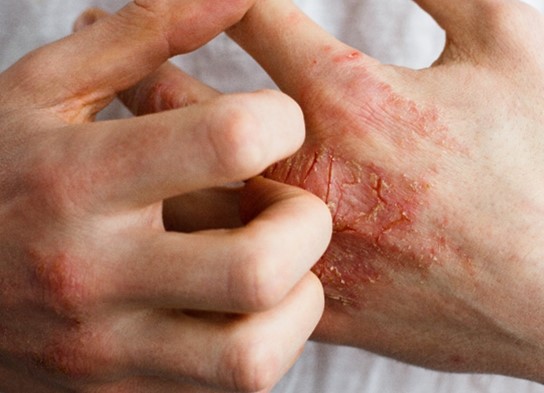

How can Medline help you with hand health?
Education
It is important that clinicians receive regular training on basic hand health, as it can be easy to forget. A lack of training or irregular and ineffective awareness raising can have serious consequences. When everyone knows what to do, should they develop a skin issue, they are more likely to report it, rather than fear perceived consequences and allow conditions to worsen.
To help, our ‘Hand Health Education Module’ is available to all customers. We will also work with you to adapt the module to your needs.
Finding the right product for you
All of Medline’s latex-free (Isolex) surgical gloves and (nitrile) exam gloves are free of DPG. In addition, we provide a comprehensive range of alternative glove options for clinicians who have been diagnosed with a form of contact dermatitis.
Latex-free Gloves
These gloves reduce the risk type I allergic reactions.
Accelerator-free Gloves
These gloves reduce the risk type I and type IV allergic reactions.
Colloidal Oatmeal Gloves
These gloves temporarily protect the skin and help relieve minor skin irritation and itching from rashes or eczema.
You may also explore:
Knowledge Base Articles
Blog Articles
Featured Products
References
1. Qin R, Lampel HP. Review of Occupational Contact Dermatitis—Top Allergens, Best Avoidance Measures. Curr Treat Options Allergy. 2015;2:349-64.
2. https://www.rcn.org.uk/professional-development/publications/rcn-survey-exploring-skin-health-issues-covid-19-pub-009244
3. Dejonckheere G, Herman A, Baeck M. Allergic contact dermatitis caused by synthetic rubber gloves in healthcare workers: Sensitization to 1,3-diphenylguanidine is common. Contact Dermatitis. 2019;81:167–173. https://doi.org/10.1111/cod.13269


